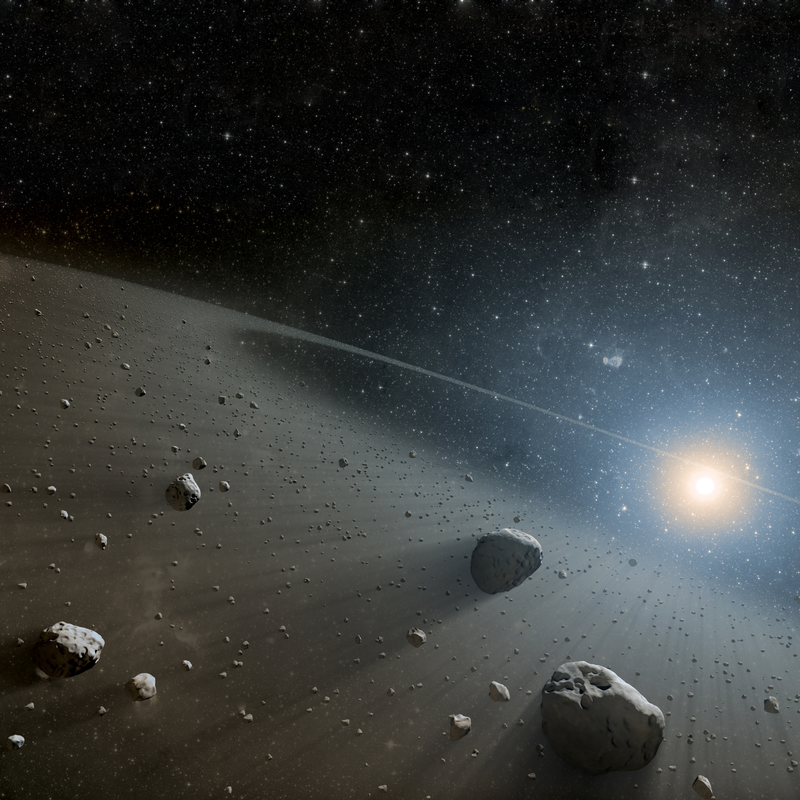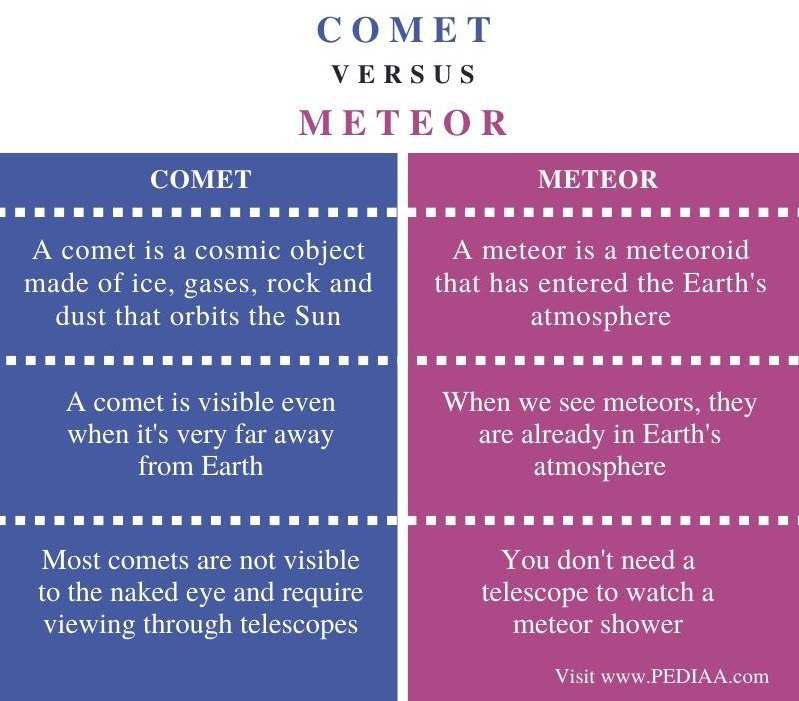
A good example is Big Glass Mountain in northern California. Obsidian is a terrestrial volcanic glass extruded in thick, massive flows at some volcanoes. Cooling was so fast that the mineral solidified as a glass, not as a crystalline material. It was still (or became again) liquid as it passed back down through Earth’s atmosphere, so it became aerodynamically shaped. Tektites are pieces of Earth rock that have been melted and thrown into space by a large impact on Earth’s surface. "Meteorwrongs" come from a variety of sources. What are the sources of meteor-wrongs? How do these compare to actual meteorites and what gives them their very similar appearance? Other martian rocks are about 1.4 billion years old.Ħ. On Mars, where there are a number of ancient volcanoes present, the oldest martian meteorites (meteorites from Mars) are about 4.1 billion years old and the youngest less than 200 million years old. Rocks from the Moon are as old as 4.5 billion years (when the original crust formed) to about 3.16 billion years old when some of the maria on the Moon filled with lava. Rocks from Vesta, a differentiated asteroid, are about 8 million years younger, implying that Vesta differentiated, started cooling, and had lava flows on its surface all within the first 8 million years of the formation of the Solar System. The oldest meteorites are about 4.468 billion years old. Therefore, the oldest meteorites are the ones that have not differentiated since they have never melted. If one were to date a lava rock, the date you would get would be the one when the lava hardened. When scientists "date" the age of a rock, they are dating the time when it first crystalized, turned from a liquid to a solid.

Are meteorites that come from differentiated objects older? For that reason, there are people who are looking at ways to prevent this from happening and have meetings to discuss plans for such an event.ĥ. However, it is likely that something could in the future hit the Earth. Space is big and if there were a new comet heading toward us right now and big enough to cause planet-wide damage, we would already have seen it with our telescopes. There is nothing that is big enough to do anything in the near future. This would be bad for a city and for a radius of tens of kilometers around it-bad locally, but not beyond that. It has a diameter of about 250 meters, so could create an impact crater about 2 or 3 kilometers in diameter. It has a one in 250,000 chance of hitting the Earth in 2029 and about one chance in 300,000 of hitting the Earth in 2036 (due to the uncertainty of its orbit). The largest possible threat is from the asteroid 99942 Apophis. However, unlike the movies, there is nothing very large that is predicted, in the near future, to have any chance of hitting the Earth. But, there are more out there, mostly in the size range that could do in a city. Surveys such as the Catalina Sky Survey are doing a good job of finding most of the larger asteroids, the ones that can cause severe damage. Small asteroids and meteoroids are always coming close to the Earth and sometimes running into the Earth (there are no stop signs or yield signs in space). Are there any asteroids/meteorites headed toward Earth in the next 100 years? Is there a plan? Is 2012 factual time? Five to ten meters is probably the smallest object that would likely survive passage through the Earth’s atmosphere.Ĥ. It is estimated that each day one or two 5–10 meter objects pass within the Moon’s orbit and that there are probably 30 million near-Earth objects! Most of these are too small to ever cause any damage.

Also recently, an asteroid about 500 meters in diameter passed about 2 million km from the Earth (five times the distance to the Moon). Most of these are not detected, but recently, three 5–10 meter “asteroids” have been discovered and have passed well within the orbit of the Moon. From a model animation, it appears that lots of small asteroids/large meteoroids pass close to the Earth each day. This is because most fall into the ocean, land in remote areas of the Earth, land in places that are not easily accessible, or are just not seen to fall (fall during the day). It is estimated that probably 500 meteorites reach the surface of the Earth each year, but less than 10 are recovered. To date, there have been nearly 1,100 recovered falls (meteorites seen to fall) and nearly 40,000 finds (found, but not seen to fall).


 0 kommentar(er)
0 kommentar(er)
